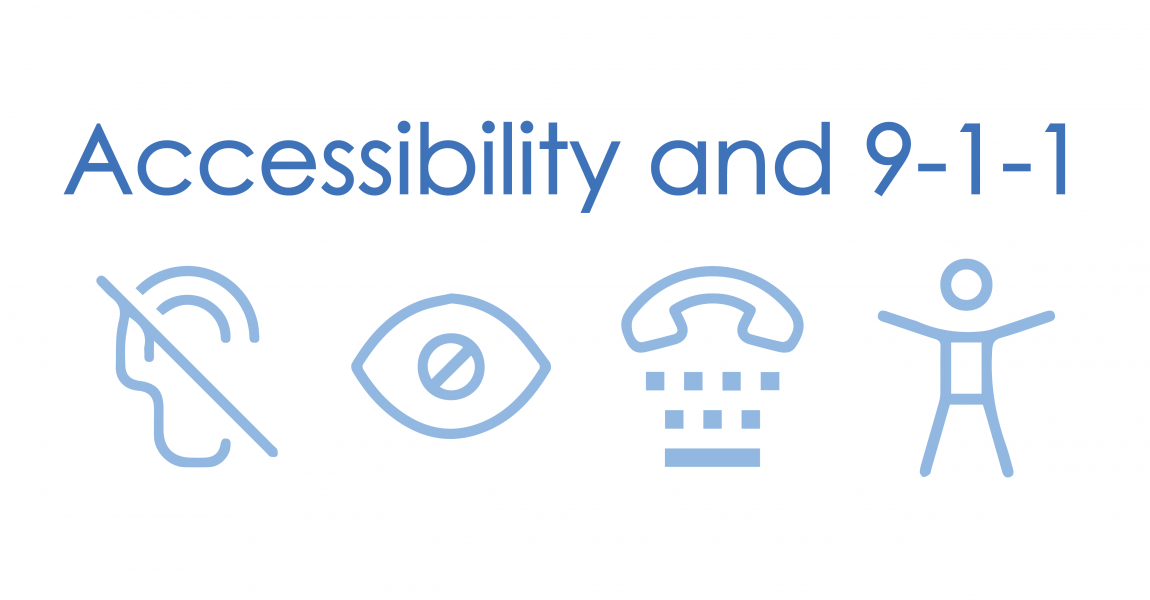
What efforts are out there for 911 accessibility for the Deaf and Hard of Hearing communities? The Americans With Disabilities Act (ADA), which passed on July 26, 1990, states that “all Public Safety Answering Points (PSAPs) must provide direct, equal access to their services for people with disabilities who use a teletypewriter (TTY), which are also known as a ‘telecommunications device for the deaf (TDD).”
Title II of the ADA specifically addresses the requirements of telephone emergency service providers, which includes police, fire, and EMS. TTY users must have access to 911 or a seven or ten-digit emergency service number. A TTY is a device used with a telephone to communicate with a person who is Deaf or hard of hearing, as it turns telephone tones into letters on a display screen. It is limited as TTY communication can only occur in one direction at a time, therefore two users can’t type to one another at the same time and must take turns sending and receiving. TTYs can also be used over a computer software rather than an isolated machine.
When traveling within our 911 service area to discuss 911 accessibilityEvo for the Deaf and Hard of Hearing, community members claim TTY to be an outdated service that a rare few still rely on. When asked how they would reach 911, most claimed to use video-relay services. These services allow a person who is Deaf or hard of hearing to video conference with an interpreter who then makes a call on their behalf to their local law enforcement office. However, these calls rarely come through on the 911 line, as the interpreter first has to identify the location of the caller and contact the correct law enforcement agency through their seven or ten-digit line.
Real-Time Text (RTT) has been identified by the Federal Communications Commission (FCC) as a replacement for TTY in all instances, including for emergency services. RTT can be activated on any cell phone and used to send messages over a phone call. NCT911 is in the process of launching an RTT pilot project, and the public can follow along and learn more on our resource page here.
Text-to-911 is also becoming more common across the country and could be a viable way for the Deaf or hard of hearing communities to reach emergency services where it is available.
911 telecommunicators are trained on utilizing TTY devices and communicating with the Deaf and hard of hearing communities, but as resources such as RTT and text-to-911 are introduced, that training will need to be modified. The industry continues to work on offering accessible, life-saving services as a right to all community members.